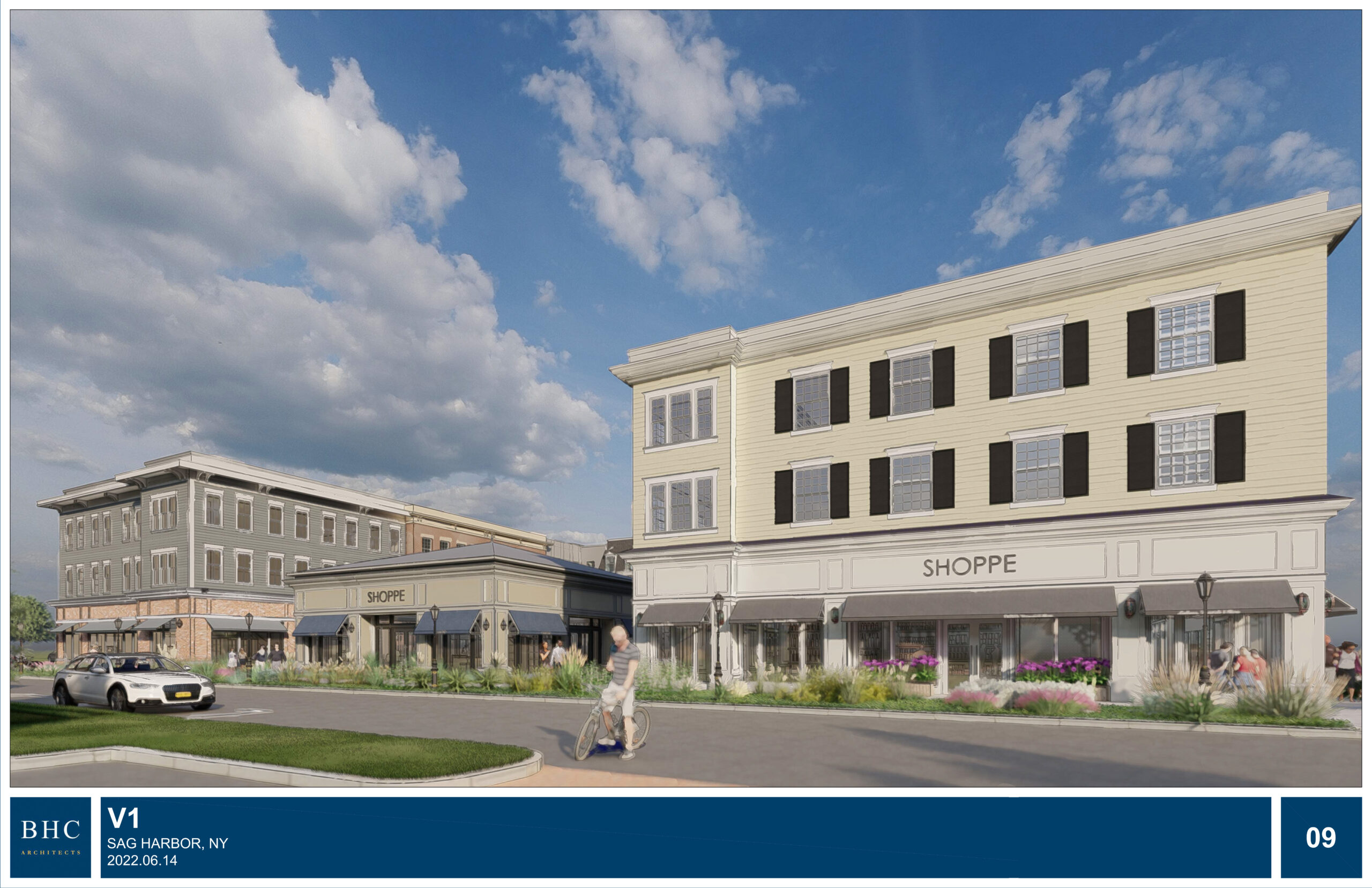
Two of the outside partners in the major affordable housing and commercial development in Sag Harbor proposed by developer Adam Potter have withdrawn from the project.
Conifer Realty, which owns or manages 15,000 apartments on the East Coast and was expected to lead the application process, confirmed on Wednesday morning, December 14, that it was bowing out.
“We are not moving forward with this project at this time. As you know, affordable housing resources are extremely limited in the current environment,” said Conifer’s director of brand and communications, Kate Griffin, in an email. “Families all over New York, and in particular Long Island, are eager for decent, safe and affordable housing. Conifer has an opportunity to serve those families in Sag Harbor, but as with any development project, we must weigh it against other opportunities to provide quality, affordable housing.”
On Tuesday, Timothy Henzy, a principal in the Smith & Henzy Advisory Group, whose website boasts of creating or preserving 6,000 affordable apartments since 2014, said his company, which was charged with obtaining the financing for the project, was no longer involved.
Henzy declined to comment beyond saying the decision was based on “the current financial climate.”
Conifer and Henzy & Smith were two of the partners, along with BHC Architects, that Potter introduced to the Sag Harbor Village Board in July when he unveiled plans to build 79 affordable apartments and approximately 33,000 square feet of commercial space on 1.2 acres of property off Bridge Street.
Mayor Jim Larocca said he had not been informed of any change in the makeup of the development team and could not comment.
Tiffany Scarlato, the Sag Harbor attorney representing Potter in his dealings with the village, declined to comment.
Nationally, the outlook for new construction has dimmed over the course of the year as the Federal Reserve’s policy of aggressive interest rate increases to break the persistent inflationary fever in the economy has led to concerns that it could trigger a recession.
Locally, the Conifer proposal has also encountered headwinds. The first occurred in October when the civic organization Save Sag Harbor and several village residents challenged in court the village’s adoption of a law that made it possible to develop affordable apartments in the office zoning district.
That suit, known as an Article 78 petition, has just begun to make its way through the court, and if it is successful, it could delay the project for months, if not years.
The Conifer application suffered another setback last month when the Village Board determined that the development would pose major economic impacts and required the developers to file a draft environmental impact statement describing how those concerns would be addressed, a process that could also take months to complete.
That process would begin when the developer presents what is called a scoping outline, or a list of what it believes should be included in that environmental study, to the village. Once that is submitted, the Village Board would weigh in and schedule a public hearing.
Griffin said that the Sag Harbor project would require Conifer to work with the village on “a planning exercise — including for work in the community beyond our specific development. Bearing this financial burden for work beyond the scope of our project makes our affordable housing development unfeasible.”
She added that Conifer was not closing the door on working with the village in the future and said the company “would welcome a seat at the table to work with a larger group of community partners. In the meantime, we remain focused on efficiently managing our resources to continue providing quality, affordable housing in Long Island and across New York.”